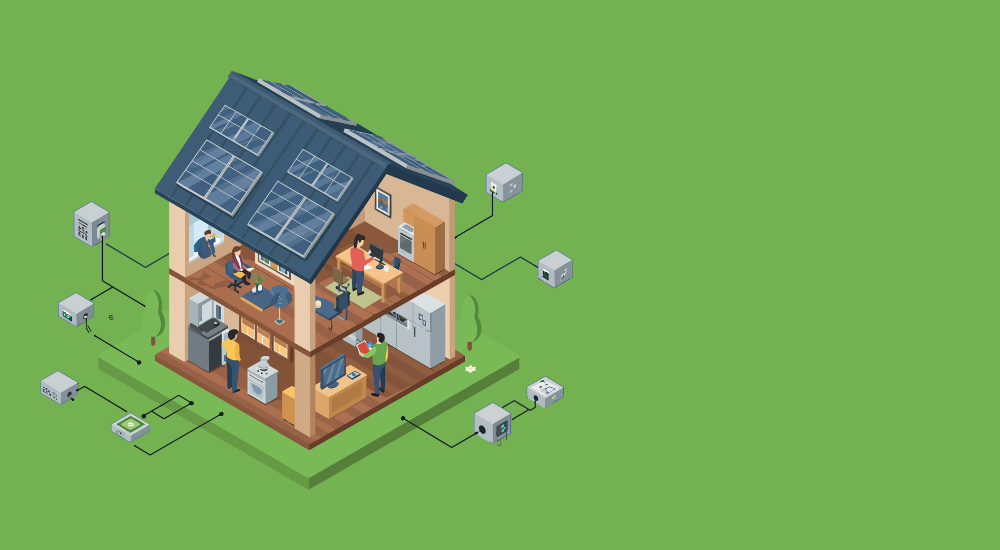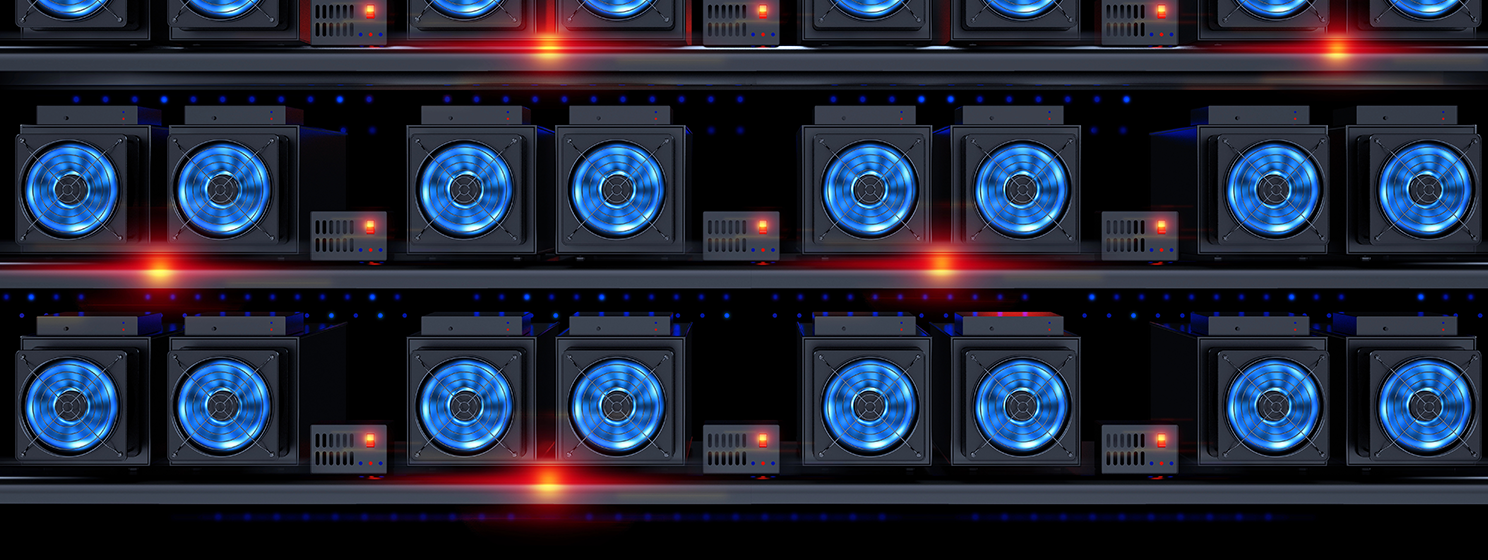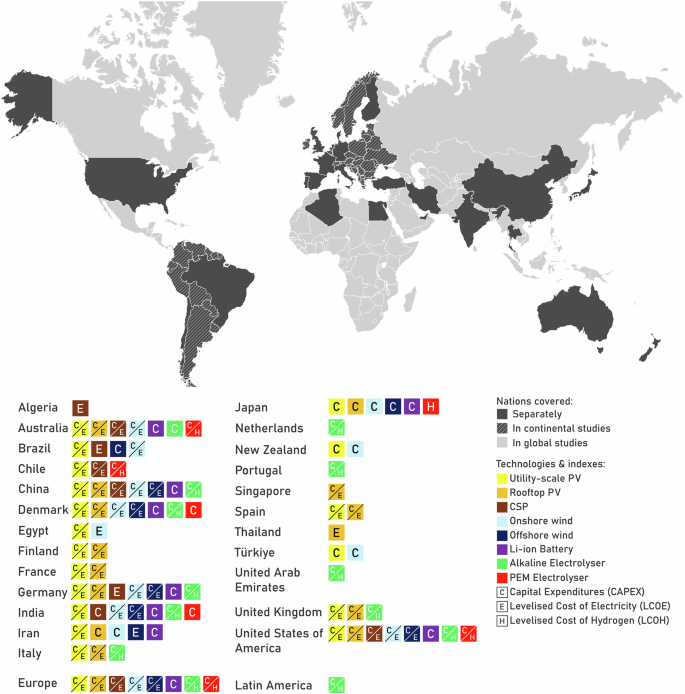Report on the Integration of Residential Power Management with Sustainable Development Goals
Introduction: A Paradigm Shift Towards Sustainable Home Energy
The management of residential power is evolving from a supplementary utility to a foundational component of the modern home, directly aligning with several United Nations Sustainable Development Goals (SDGs). A recent expert panel at CEDIA Expo 2025 highlighted that the growing emphasis on energy consciousness, reliability, and electrification presents a significant opportunity for industry integration. This report outlines how advancements in residential power management and energy storage contribute to achieving global sustainability targets, particularly SDG 7 (Affordable and Clean Energy), SDG 9 (Industry, Innovation, and Infrastructure), SDG 11 (Sustainable Cities and Communities), and SDG 12 (Responsible Consumption and Production).
Current State of Residential Power Management and SDG Alignment
From Basic Protection to Resilient Infrastructure (SDG 9)
Historically, residential power management focused on surge protection. The contemporary approach, however, has expanded to include comprehensive power regulation and conditioning. This shift is critical for building resilient infrastructure within homes, a core target of SDG 9. The instability of aging national utility grids and the prevalence of “dirty power”—voltage fluctuations caused by both external and internal sources—necessitate this evolution.
- Grid Instability: Antiquated utility infrastructure presents a significant weakness, leading to unreliable power delivery.
- Internal Disturbances: High-draw appliances such as HVAC systems and refrigerators can create voltage dips that degrade the performance and lifespan of sensitive electronics.
- Equipment Failure: Sustained low voltage and power fluctuations contribute to premature equipment failure, generating electronic waste and undermining the principles of SDG 12 (Responsible Consumption and Production).
Core Strategies for Sustainable Power Solutions
A key takeaway from industry experts is the need to move from reactive to proactive power management strategies. The common practice of rebooting devices is an inefficient, temporary fix that fails to address underlying power quality issues.
- Preventative Conditioning: The primary goal is to prevent system failures by delivering clean, stable, and regulated power. This proactive approach extends the life of electronic devices, directly supporting SDG 12 by reducing waste.
- Centralized Management: Instead of deploying multiple, decentralized UPS units, the recommended best practice is to manage power at the circuit panel level. This holistic strategy provides greater control, simplifies maintenance, and establishes a robust foundation for future energy solutions.
- Layered Protection: A centralized system should be supplemented with targeted protection, such as isolation transformers, for mission-critical and sensitive equipment.
This centralized deployment model is instrumental in creating smarter, more efficient, and resilient households, which are the building blocks of the Sustainable Cities and Communities envisioned in SDG 11.
The Future of Residential Power: Energy Storage and SDG 7
Accelerating the Transition to Clean Energy
The future of residential power management is intrinsically linked to energy storage and the integration of renewable sources. The mainstream adoption of solar panels, whole-home batteries, and electric vehicles is a significant driver in this sector. These technologies are pivotal for advancing SDG 7 (Affordable and Clean Energy) and SDG 13 (Climate Action).
- Energy Independence: Smart power solutions enable homeowners to achieve greater energy security and resilience, with the ability to transition seamlessly between grid, solar, battery, and generator power.
- Grid Support: Widespread adoption of home energy storage can help stabilize the public grid, reducing strain and improving overall community resilience.
- Holistic Integration: The convergence of power management and energy storage creates a foundational platform for modern, sustainable living, positioning integrators to lead the transition towards more efficient and self-sufficient homes.
By focusing on these integrated systems, the residential technology industry can play a crucial role in protecting consumer investments, reducing environmental impact, and contributing meaningfully to global sustainable development objectives.
Analysis of Sustainable Development Goals in the Article
1. Which SDGs are addressed or connected to the issues highlighted in the article?
- SDG 7: Affordable and Clean Energy: The article’s focus on residential power management, energy storage, solar power, and creating “smarter, more efficient homes” directly relates to ensuring access to reliable, sustainable, and modern energy.
- SDG 9: Industry, Innovation, and Infrastructure: The discussion addresses the “antiquated utility grid” and the need for resilient infrastructure. The smart power solutions presented are innovations that upgrade residential infrastructure to be more reliable and sustainable.
- SDG 11: Sustainable Cities and Communities: By promoting “energy security and resilience” and “backup power during outages,” the article touches on making homes and, by extension, communities more resilient to disruptions like grid failures.
- SDG 12: Responsible Consumption and Production: The article highlights how power management solutions protect electronic devices from surges and failures. This prevents premature disposal of appliances and electronics, thereby reducing electronic waste.
2. What specific targets under those SDGs can be identified based on the article’s content?
-
Target 7.2: Increase substantially the share of renewable energy in the global energy mix.
- The article explicitly mentions the adoption of “solar, and whole-home batteries” and the ability to “seamlessly transition from grid power to solar power,” which directly supports increasing the share of renewable energy at the residential level.
-
Target 7.3: Double the global rate of improvement in energy efficiency.
- The goal of creating “smarter, more efficient homes” and preventing energy waste, such as when low voltage causes equipment to “generate heat,” aligns with improving energy efficiency.
-
Target 9.1: Develop quality, reliable, sustainable and resilient infrastructure.
- The article critiques the “weaknesses of our country’s antiquated utility grid” and presents residential power management as a solution to provide “energy security and resilience,” thereby improving infrastructure at the household level.
-
Target 11.b: Substantially increase the number of cities and human settlements adopting and implementing integrated policies and plans towards resilience to disasters.
- The emphasis on providing “backup power during outages” and ensuring “energy independence” directly contributes to household resilience against grid failures, which can be caused by natural or man-made disasters.
-
Target 12.5: Substantially reduce waste generation through prevention.
- The article explains that power surges can “wipe out” entire rooms of electronics and that power solutions are about “preventing the failure in the first place.” This directly addresses the reduction of electronic waste by extending the lifespan of devices.
3. Are there any indicators mentioned or implied in the article that can be used to measure progress towards the identified targets?
- Adoption rate of residential renewable energy systems: The article implies this indicator by mentioning that “homeowners adopt EVs, solar, and whole-home batteries.” Tracking the number of homes with these systems measures progress towards Target 7.2.
- Number of homes with resilient power infrastructure: Progress towards Targets 9.1 and 11.b can be measured by the number of homes implementing “smart power solutions” that provide “backup power during outages” and “energy security and resilience.”
- Reduction in electronic waste from power-related damage: An implied indicator for Target 12.5 is the decrease in discarded electronics due to electrical surges or dirty power. The article’s core argument is that power management solutions “protect investments in high-end appliances, AV gear, lighting, and automation systems,” thus preventing their premature failure and disposal.
- Improved energy efficiency in homes: The move towards “smarter, more efficient homes” implies an indicator related to reduced energy consumption per household, which can be measured through smart meters and energy monitoring, contributing to Target 7.3.
4. Summary Table of SDGs, Targets, and Indicators
| SDGs | Targets | Indicators |
|---|---|---|
| SDG 7: Affordable and Clean Energy | 7.2: Increase the share of renewable energy. 7.3: Improve energy efficiency. |
Increased adoption of residential “solar” and “whole-home batteries.” Reduction in energy waste in homes through “clean, stable, regulated power.” |
| SDG 9: Industry, Innovation, and Infrastructure | 9.1: Develop quality, reliable, and resilient infrastructure. | Number of homes with modern power management systems to mitigate issues from the “antiquated utility grid.” |
| SDG 11: Sustainable Cities and Communities | 11.b: Increase adoption of plans for resilience to disasters. | Number of homes equipped with “backup power during outages” to ensure “energy security and resilience.” |
| SDG 12: Responsible Consumption and Production | 12.5: Substantially reduce waste generation through prevention. | Reduction in electronic waste by “preventing the failure” of devices caused by power surges and fluctuations. |
Source: cepro.com







